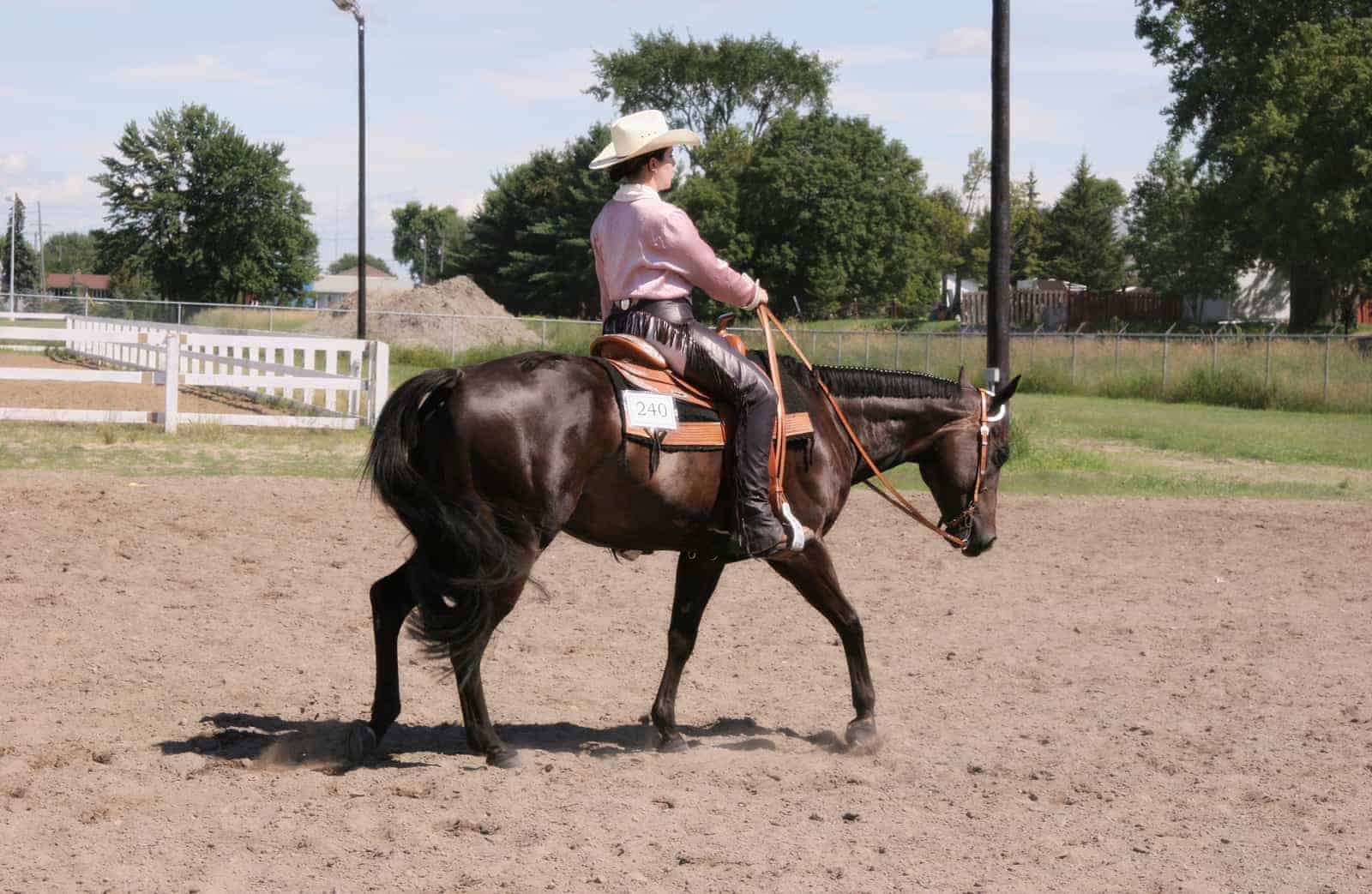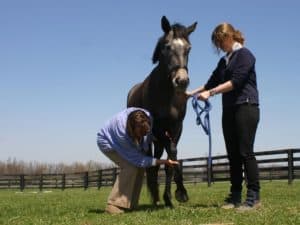The Most Common Western Performance Horse Lamenesses

Sherry A. Johnson, DVM, and colleagues conducted a study in which they investigated diagnostic blocking patterns in Western performance athletes. She presented their results at the 2017 American Association of Equine Practitioners Convention, held Nov. 17-21 in San Antonio, Texas. Johnson is a sports medicine and rehabilitation resident at Colorado State University’s College of Veterinary & Biomedical Sciences, in Fort Collins, and Equine Sports Medicine LLC, in Pilot Point, Texas.
The research team reviewed 10 years of medical records of horses competing in Western performance classes and reining at nationally sanctioned competitions. They focused on identifying the affected limbs (including the primary, secondary, and tertiary limbs of issue), lameness grades, and diagnostic analgesia patterns. Johnson said they characterized lameness as single forelimb, bilateral (both) forelimb, single hind limb, and bilateral hind limb. They only included horses with performance-related lameness and complete diagnostic work-ups.
In all, Johnson and colleagues reviewed records from 2,677 lameness exams carried out on 2,521 horses. The researchers knew specific disciplines for 73.5% of horses—1,188 were all-around Western performance horses, and 616 were reining horses. Most were Quarter Horse geldings.

Create a free account with TheHorse.com to view this content.
TheHorse.com is home to thousands of free articles about horse health care. In order to access some of our exclusive free content, you must be signed into TheHorse.com.
Start your free account today!
Already have an account?
and continue reading.

Written by:
Erica Larson
Related Articles
Stay on top of the most recent Horse Health news with












